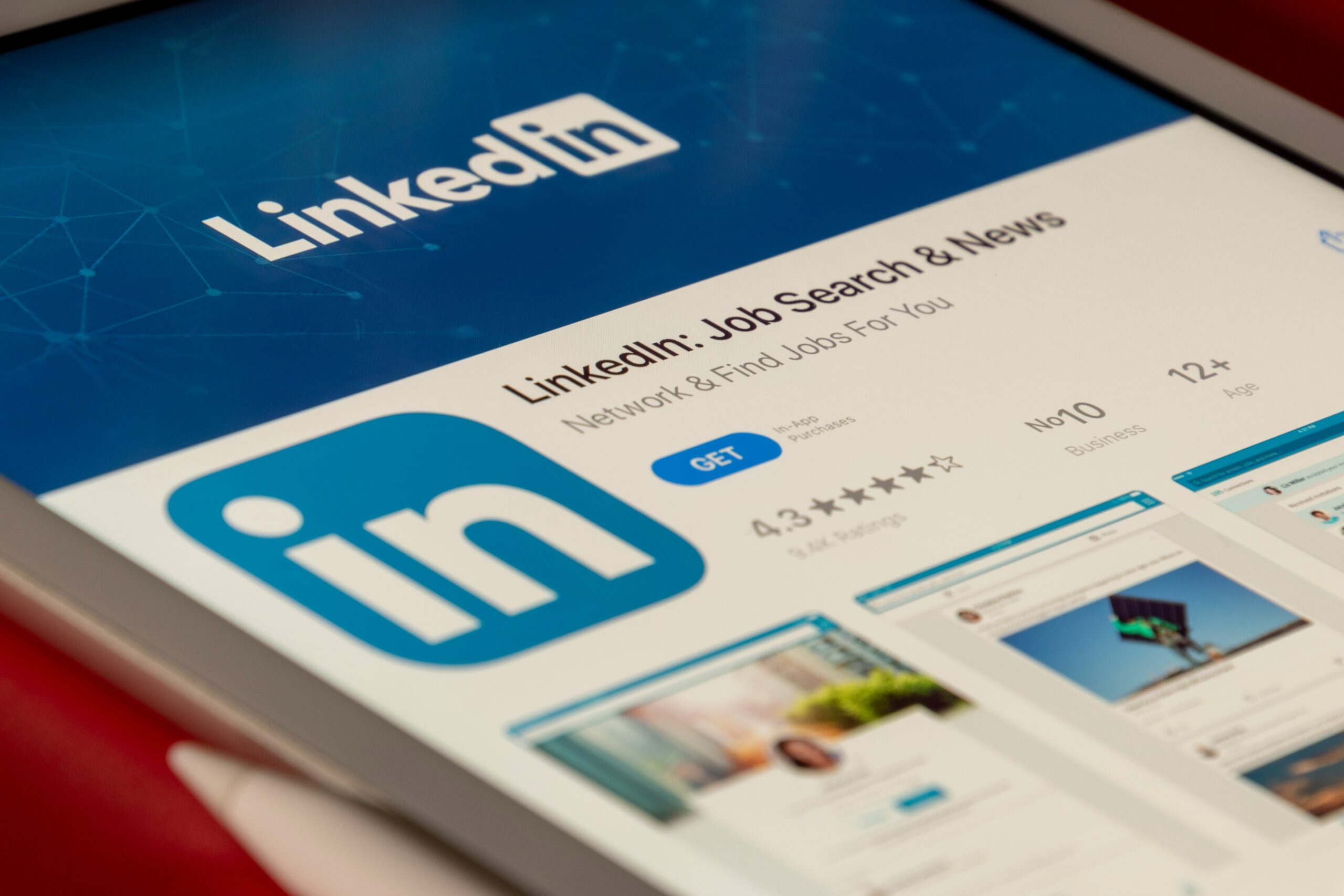Creating engaging content for LinkedIn can significantly boost your professional presence and help you connect with a broader audience. LinkedIn is more than just a digital resume; it’s a platform for sharing insights, showcasing expertise, and building professional relationships. So, what should you post on LinkedIn to stay relevant and keep your audience engaged? Let’s dive into some effective LinkedIn content ideas.

Before we jump into specific post ideas, it’s crucial to understand what makes content engaging on LinkedIn. This platform is unique because it blends professional networking with content sharing. Your posts should reflect this balance by being informative, relevant, and professional yet engaging enough to spark discussions.
- LinkedIn is a professional network, yet it requires a touch of personality to truly stand out. The content that resonates often strikes a balance between being informative and personal. Consider sharing insights with a personal anecdote or experience that ties back to your professional journey. This not only makes your content relatable but also memorable.
- Before crafting content, take the time to understand your audience. What industries are they in? What challenges do they face? Tailoring your content to address these aspects can significantly increase engagement. Use LinkedIn Analytics to gain insights into your audience demographics and preferences.
- The LinkedIn algorithm favors content that receives early engagement. To take advantage of this, post content that is likely to prompt immediate reactions—whether that’s a like, share, or comment. Encourage interaction through questions or calls to action. Understanding how the algorithm works can give your posts the visibility they deserve.
One of the best things to post on LinkedIn is content that showcases your knowledge about industry trends. Sharing insights about recent developments in your field not only positions you as a thought leader but also fosters engagement through comments and shares.
1. Staying Informed and Sharing Knowledge
Continuously educate yourself about your industry by subscribing to relevant publications, attending webinars, and participating in industry events. Once you gather insights, share them with your network. For instance, if a new regulation impacts your industry, break down what it means and how businesses can adapt.
2. Sharing Predictions and Forecasts
People are always curious about the future, especially in rapidly changing industries. Use your expertise to make predictions about where your industry is heading. This can spark discussions and debates, providing an opportunity to engage with your audience on a deeper level.
3. Encouraging Discussions Around Trends
When sharing industry trends, pose questions to your audience. Ask for their opinions on the trends you discuss. This not only encourages engagement but also provides a platform for others to share their insights, creating a rich dialogue in the comments section.
4. Personal Success Stories and Lessons Learned
People love stories, especially when they are personal and relatable. Sharing your professional journey, including successes and failures, can inspire others and create a connection.
5. Crafting a Compelling Narrative
Narratives are powerful. When sharing your success stories, structure them in a way that includes a beginning, middle, and end. Start with a challenge you faced, describe the process you went through, and conclude with the outcome. This storytelling approach keeps your audience engaged.
6. Emphasizing Authenticity and Vulnerability
Authenticity resonates. When sharing lessons learned from failures, don’t shy away from vulnerability. Highlight what went wrong and how you overcame it. This not only humanizes you but also makes your story more relatable and impactful.
7. Inspiring Action and Reflection
Share actionable insights or reflections that your audience can apply to their own lives. Whether it’s a lesson about persistence, innovation, or leadership, make sure your audience walks away with something tangible they can use in their professional journey.
8. Share and Comment on Relevant Articles
Engagement is a two-way street. It’s important to share your own content, but also interact with others by commenting on and sharing their posts.
9. Curating High-Quality Content
Be selective about the articles you share. Choose content that is not only relevant but also well-researched and credible. When you share, add a personal touch by summarizing the key points and sharing why it resonated with you.
10. Engaging with Thought Leaders
Identify thought leaders in your industry and engage with their content. Thoughtful comments on their posts can increase your visibility and demonstrate your expertise. This might also lead to new connections and opportunities for collaboration.
11. Building Relationships Through Engagement
Regularly interacting with your network’s content builds relationships. It shows you value their insights and are willing to engage in meaningful discussions. Over time, this can lead to reciprocal engagement on your posts.
12. Publish Long-Form Articles
LinkedIn allows you to publish long-form content directly on the platform. This is an excellent way to dive deep into a topic and showcase your expertise.
13. Choosing the Right Topics
Select topics that are not only relevant to your industry but also areas where you can provide unique insights. Consider writing about challenges you’ve overcome, innovative solutions you’ve implemented, or trends you’re passionate about.
14. Structuring Your Articles for Impact
An engaging article has a clear structure. Start with a compelling introduction that hooks the reader. Use subheadings to break up content, making it easier to read. Conclude with a strong call to action or a thought-provoking question to encourage reader interaction. Use AI tools like Linkify to help you craft and structure your LinkedIn articles more effectively.
15. Promoting Your Articles
Once published, share your article across other social media platforms and professional groups. Encourage your network to read and share their thoughts. This not only drives traffic to your article but also increases its reach and engagement.
16. Post Thought-Provoking Questions
Posing questions to your audience can spark discussions and increase engagement on your posts.
17. Crafting Engaging Questions
The key to a great question is its relevance and ability to spark curiosity. Frame questions around current industry challenges or hypothetical scenarios that encourage your audience to think critically and engage.
18. Facilitating Meaningful Discussions
Once the discussion begins, actively participate by responding to comments. Acknowledge diverse viewpoints and add your insights to keep the conversation flowing. This not only enriches the discussion but also shows you’re invested in your audience’s opinions.
19. Creating a Community Atmosphere
Encourage participants to interact with each other, fostering a sense of community. Highlight insightful comments and consider featuring them in future posts. This recognition can boost engagement and encourage more people to join the conversation.
Creative LinkedIn Post Ideas

1. Use Visuals and Infographics
Visual content is highly effective in capturing attention and conveying information quickly. Infographics, images, and videos can make your posts more engaging and shareable.
2. Designing Effective Infographics
Infographics are a great way to present data and complex information visually. Use clear, concise text and graphics to highlight key points. Tools like Canva or Piktochart can help you create professional-looking infographics without needing a design background.
3. Incorporating High-Quality Images
Images should complement your text and be of high quality. Avoid using generic stock photos; instead, opt for original images or those that genuinely relate to your content. A relevant image can significantly enhance the appeal of your post.
4. Exploring the Power of Video Content
Short videos can be incredibly engaging on LinkedIn. Consider sharing quick tips, behind-the-scenes looks, or industry insights through video. Keep them concise and focused, ideally under two minutes, to maintain viewer interest.
5. Host LinkedIn Live Sessions
LinkedIn Live is a great way to engage your audience in real-time. Hosting a live session allows you to share insights, conduct interviews, or host Q&A sessions.
6. Planning an Engaging Session
Choose topics that are timely and relevant to your audience. Create a rough outline to keep your session on track while allowing for spontaneity. Practice your delivery to ensure clarity and confidence during the live session.
7. Promoting Your Live Event
Build anticipation by announcing your live session ahead of time. Use eye-catching graphics or teaser content to generate interest. Remind your network closer to the date to maximize attendance.
8. Interacting with Your Audience
During the session, encourage viewers to ask questions and share their thoughts. Acknowledge and respond to comments in real-time to create an interactive experience. After the session, thank your audience and consider sharing a recap or recording for those who couldn’t attend live.
9. Celebrate Milestones and Recognitions
Sharing milestones, such as work anniversaries or awards, is a great way to humanize your LinkedIn presence and engage with your network.
10. Highlighting Professional Achievements
When you achieve a milestone, share it with your network in a way that highlights the journey rather than just the result. Discuss the hard work and dedication that led to the achievement, making it relatable and inspirational.
11. Expressing Gratitude and Acknowledgments
Use milestones as an opportunity to thank those who have supported you. Whether it’s mentors, colleagues, or your team, acknowledging their contributions can foster goodwill and strengthen professional relationships.
12. Reflecting on Growth and Future Goals
Milestones are also a chance to reflect on your growth and set new goals. Share what you’ve learned and how you plan to continue evolving professionally. This forward-thinking mindset can inspire others to pursue their own growth.
What to Post on LinkedIn to Stay Relevant

1. Share Expert Tips and Advice
Position yourself as an expert by sharing valuable tips and advice in your area of expertise. These posts can be quick tips or detailed guides depending on the topic.
2. Delivering Actionable Insights
Ensure that the tips you share are practical and easy to implement. Break down complex advice into manageable steps, making it accessible to your audience. This approach not only demonstrates your expertise but also provides immediate value to your network.
3. Maintaining Authenticity and Credibility
Authenticity is key when sharing advice. Ensure that your tips align with your personal experiences and expertise. Avoid overpromising or sharing advice outside your realm of knowledge, as this can undermine your credibility.
4. Encouraging Feedback and Interaction
Invite your audience to share their own tips or experiences related to the advice you provide. This not only enriches the conversation but also fosters a sense of community as individuals contribute their insights.
5. Network and Collaborate
LinkedIn is all about building professional relationships. Use your posts to encourage networking and collaboration.
6. Spotlighting Successful Collaborations
When you’ve worked with others, share the experience and highlight the positive outcomes. Discuss the synergy and learning that resulted from the collaboration, showcasing the benefits of working together.
7. Building a Collaborative Community
Encourage your network to connect with each other by facilitating introductions or starting group discussions. This can lead to new relationships and opportunities for everyone involved, enhancing the collaborative spirit of LinkedIn.
8. Exploring Opportunities for Partnerships
Regularly express your openness to collaborations and partnerships. Whether you’re looking for speaking opportunities, joint ventures, or project partners, making it known can attract potential collaborators who share your interests and goals.
Conclusion
LinkedIn is a powerful platform for building your professional brand, connecting with industry peers, and sharing your expertise. By understanding what to post on LinkedIn and using these content ideas, you can enhance your presence, engage your audience, and stay relevant in your field. Remember, the key to successful LinkedIn content is to be informative, authentic, and engaging. Start implementing these ideas today and watch your LinkedIn engagement grow.
